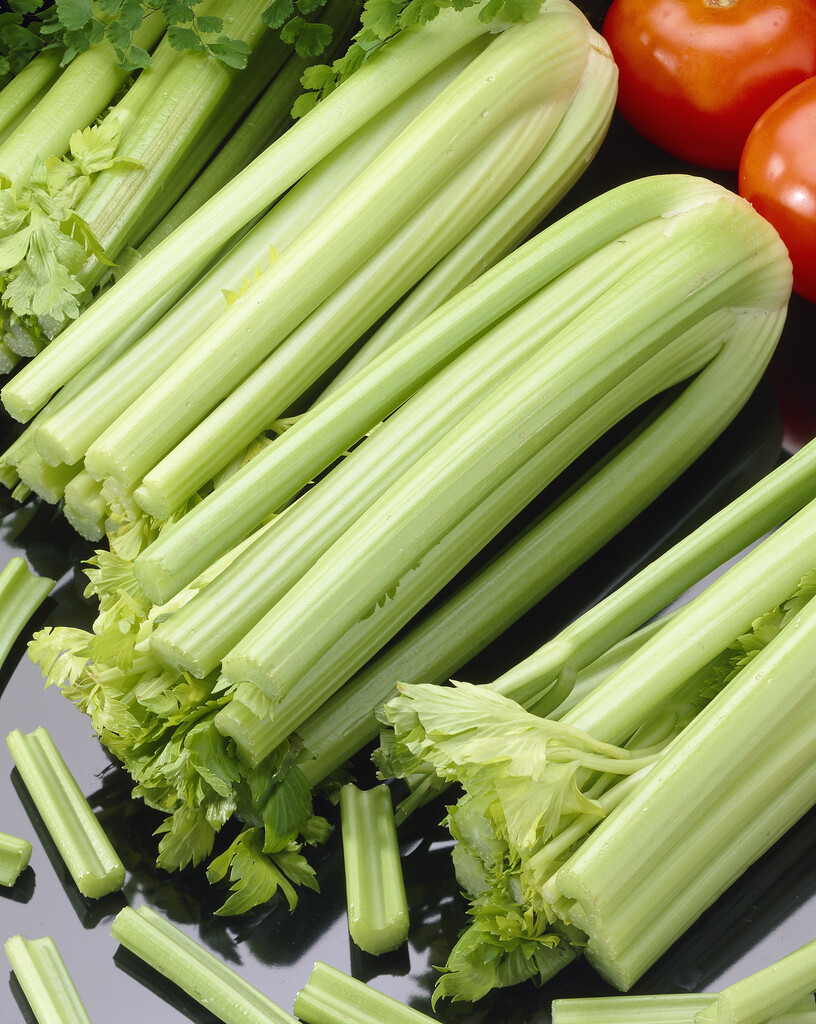Not the plant you're looking for? Search over 300,000 plants
Annual Biennial
Size
Ultimate height
0.1–0.5 metresTime to ultimate height
1–2 yearsUltimate spread
0.1–0.5 metresGrowing conditions
Chalk
Clay
Loam
Sand
Moisture
Moist but well–drainedpH
Acid, Alkaline, NeutralColour & scent
| Stem | Flower | Foliage | Fruit | |
| Spring | Green | |||
|---|---|---|---|---|
| Summer | Green | |||
| Autumn | Green White | Green | ||
| Winter |
Position
- Full sun
Aspect
East–facing or North–facing or South–facing or West–facing
Exposure
Sheltered Hardiness
H6Botanical details
- Family
- Apiaceae
- Native to GB / Ireland
- No
- Foliage
- Semi evergreen
- Habit
- Columnar upright
- Potentially harmful
- Harmful to skin with sunlight. Wear gloves and other protective equipment when handling
- Genus
Apium can be annual, biennial or perennial herbaceous plants, with leaves divided into three leaflets, or pinnate; in summer, tiny white flowers are borne in umbels
- Name status
Correct
How to grow
Cultivation
Grow in reliably moist, rich soil in full sun. For more advice see celery cultivation
Propagation
Propagate by seed. See sowing vegetable seeds
Suggested planting locations and garden types
Pruning
No pruning required
Pests
May be susceptible to slugs and snails and and celery leaf miner
Diseases
May be susceptible to celery leaf spot
Get involved
The Royal Horticultural Society is the UK’s leading gardening charity. We aim to enrich everyone’s life through plants, and make the UK a greener and more beautiful place.
